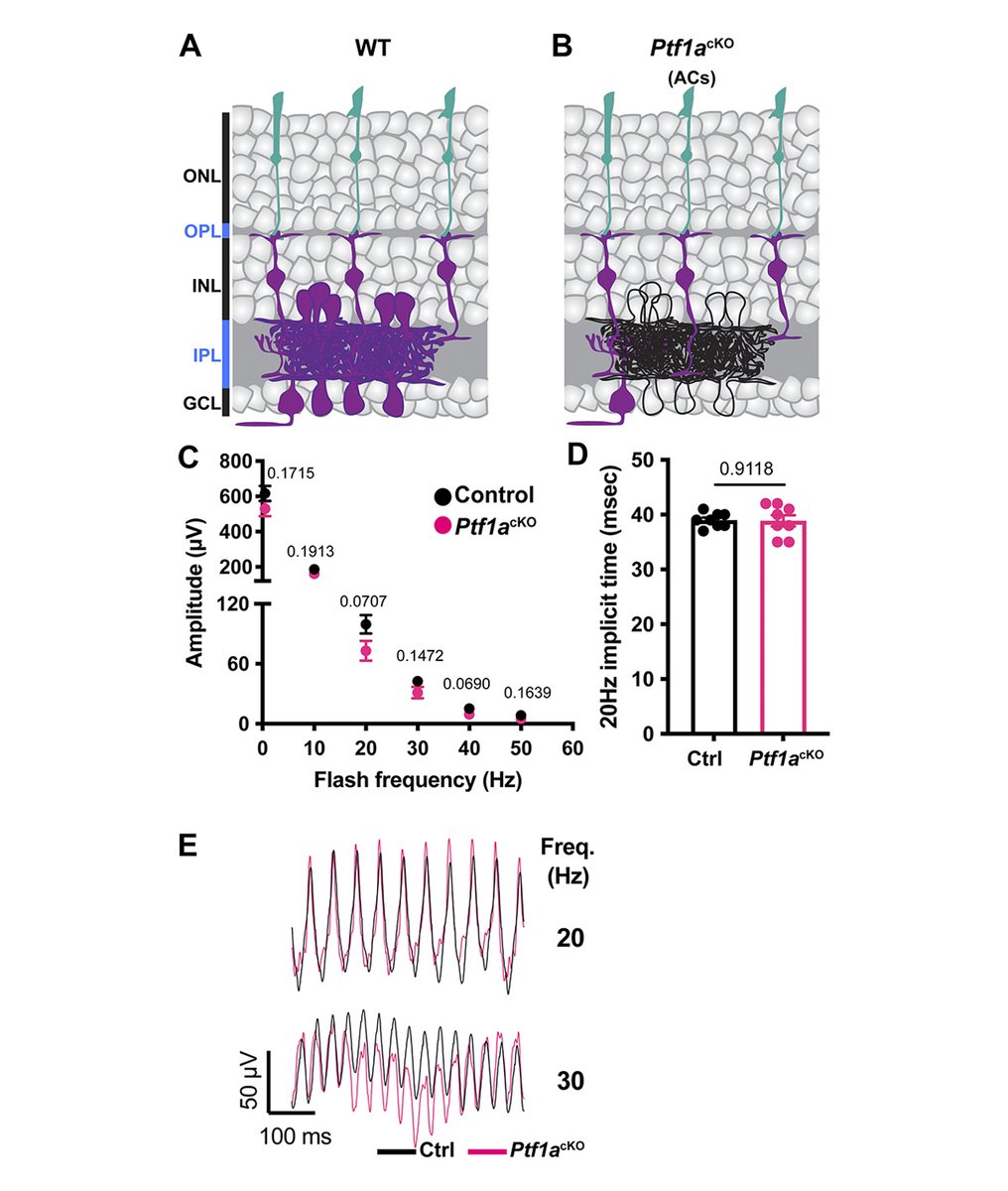
Lora Bankova
@bankovalora
Assistant Professor, Harvard Medical School; Allergist/Immunologist, Brigham & Women's Hospital
ID: 1048902671569235970
http://bankovalab.bwh.harvard.edu 07-10-2018 11:47:39
20 Tweet
60 Followers
46 Following

In Science Immunology: understanding the role of airway brush cells in the inflammatory pathways behind asthma scim.ag/2xYn5ej
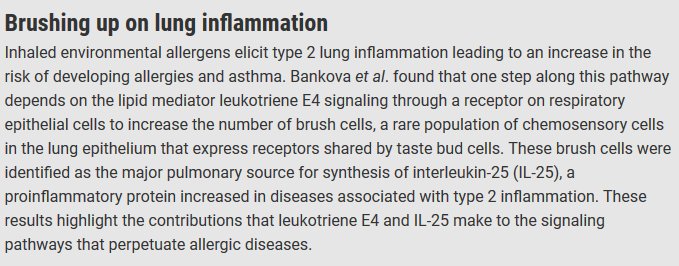

More than just "passive cells" brush cells in the airway passages can play a very active role in big #inflammatory responses, say Harvard Medical School Brigham and Women's Hospital #scientists: bit.ly/2On3Vs5
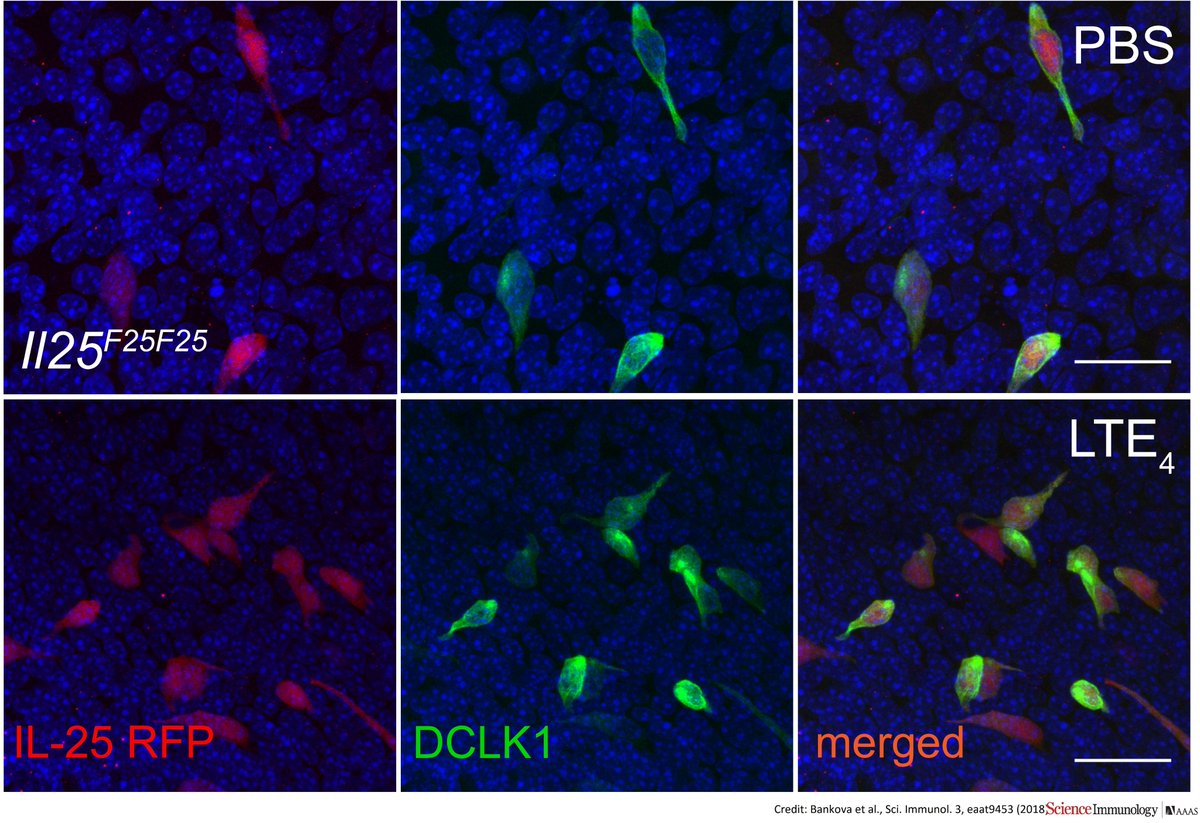

Cousins of #taste cells in the mouth, brush cells in the airway passages can play an active role in big inflammatory responses, in conditions such as #asthma, found a Brigham and Women's Hospital, Science Immunology study: bit.ly/2On3Vs5 ($)
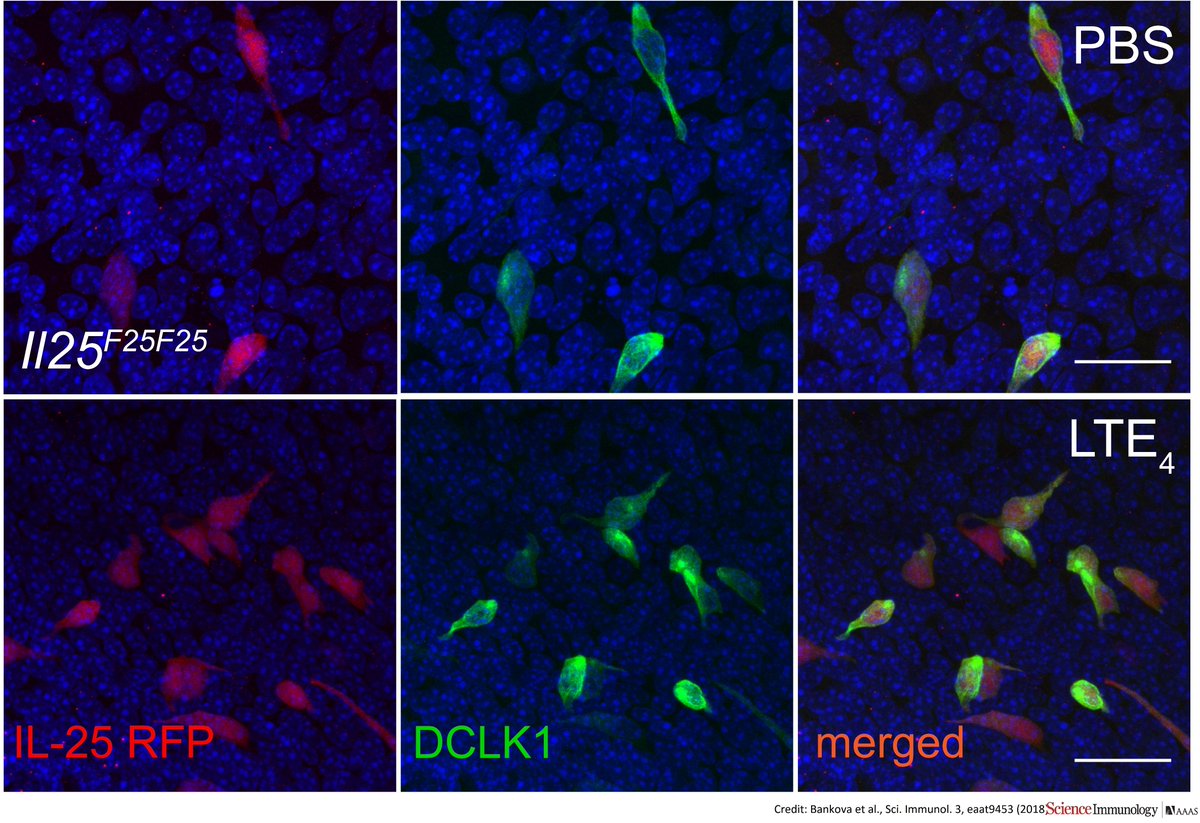

Targeting a pathway controlling brush cell responses in mice helped prevent airway inflammation responses to common #mold. Exploring this pathway might offer potential therapies for airborne #allergy, Brigham and Women's Hospital, Harvard Medical School scientists found: fcld.ly/2th7h93


Targeting a pathway controlling sensory brush cells in mice helped prevent allergic inflammation caused by common #mold. Exploring this pathway might offer therapies for airborne #allergy, found Brigham and Women's Hospital, Harvard Medical School. In Science Immunology: fcld.ly/1800p3k ($)
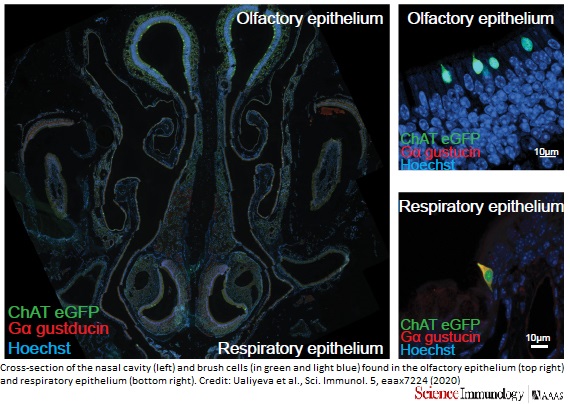

In mice, IL-25 and CysLTs proteins from airway #TuftCells cooperate to drive #Allergen inflammation in the lungs, say Brigham and Women's Hospital Harvard Medical School researchers. fcld.ly/o32j3u4
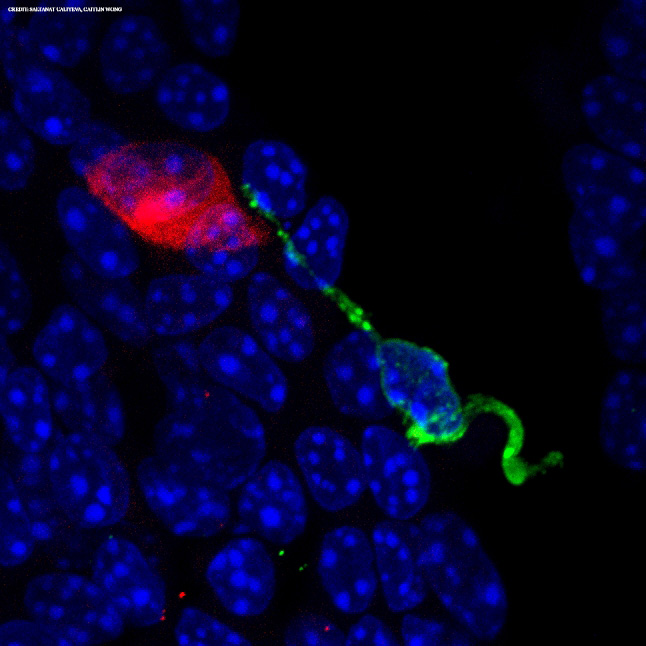

I am excited to share our new paper showing how the mighty powerful brush/tuft cells direct airway inflammation Science Immunology fcld.ly/o32j3u4 Thank you awesome collaborators @h4ber Evelyn Aviles Nora Barrett BWH Allergy/Immunology Fellowship x.com/ScienceMagazin…

In this FOCUS Science Immunology we highlight important recent work by Lora Bankova and Jakob von Moltke and colleagues showing that our favorite mediators are "Not just “leuko”(trienes) after all": science.org/doi/10.1126/sc…


Brush cells fine-tune neurogenic inflammation in the airways: buff.ly/3bSvfeU Qihua Ye & Lora Bankova Brigham and Women's Hospital detail the involvement of brush cells in protective & pathological responses related to airway infection; #Commentary Related: buff.ly/3AsOXbn


Check out the future of olfaction technologies, excited to be presenting with Lora Bankova OSMOCOSM osmocosm.org

Super interesting macrophage and neutrophil signatures in persistent COVID-related olfactory dysfunction #aaaai2023 Lora Bankova Tanya Laidlaw MD Katie Buchheit
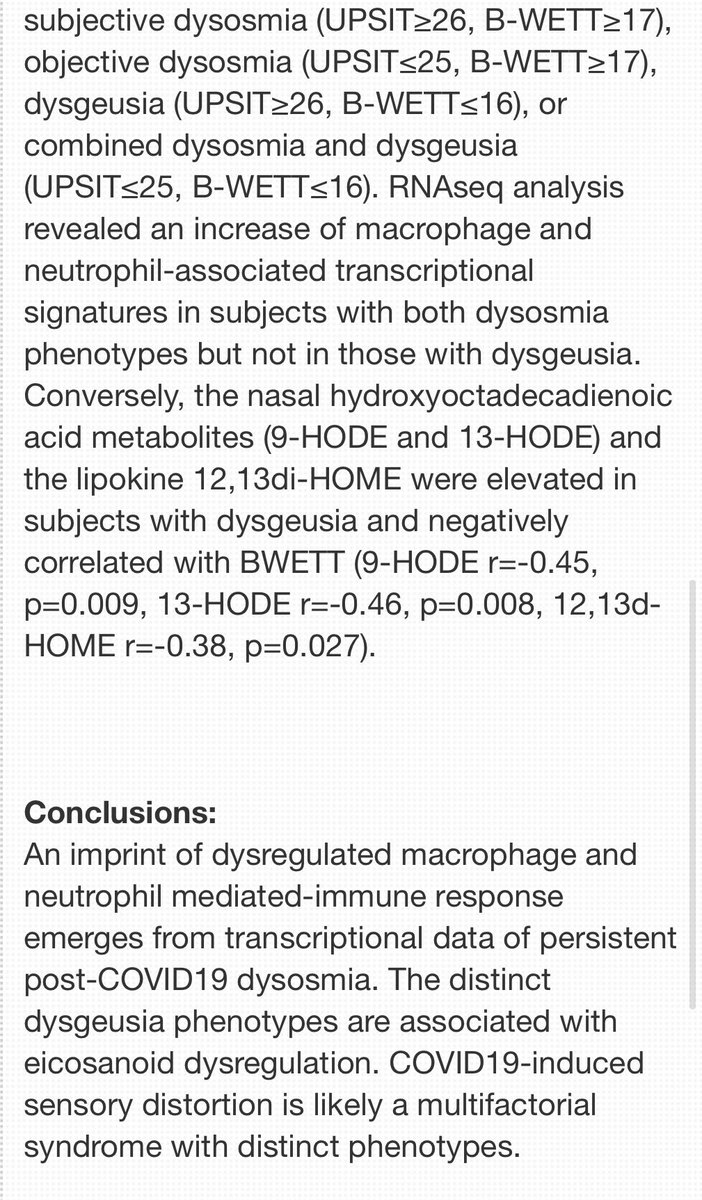

In 2020, right before shutdown, we (with Adam Haber) set out to understand the function of the olfactory TRPM5+microvillous cells. Like their relatives, the #TuftCells, they line the airway lumen and detect allergens. But their morphology, receptors and function in directing

An atlas of the nasal mucosa in mice describes three #TuftCell populations, two of which were previously annotated differently and a third which had not yet been defined. Brigham and Women's Hospital Lora Bankova scim.ag/5LY
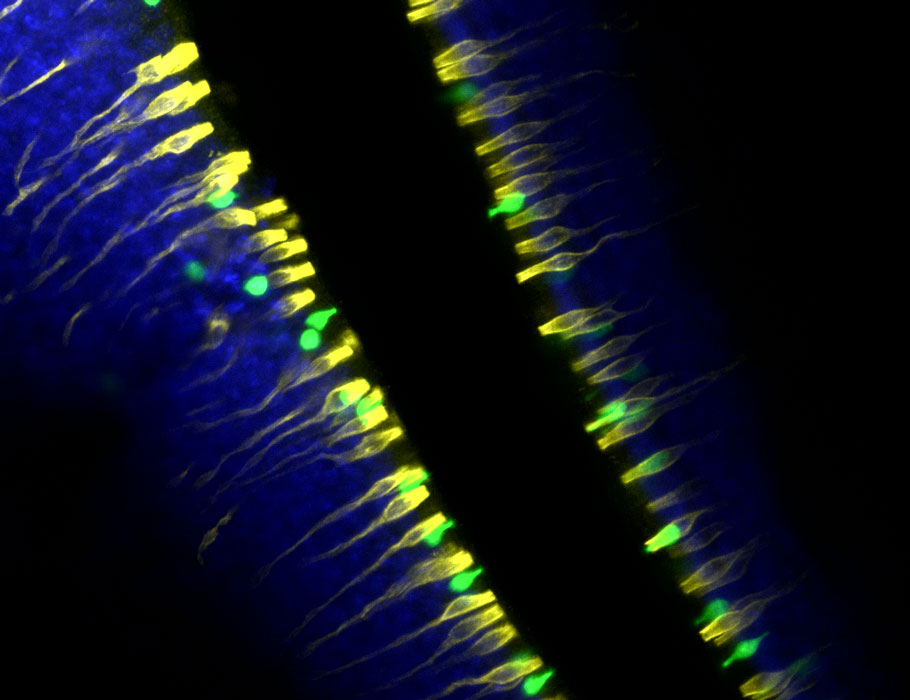

New work in mice shows that TRPM5+ tuft microvillous cells have a role outside of triggering type 2 immune responses: activating olfactory #StemCell proliferation. Brigham and Women's Hospital Lora Bankova scim.ag/5Oc
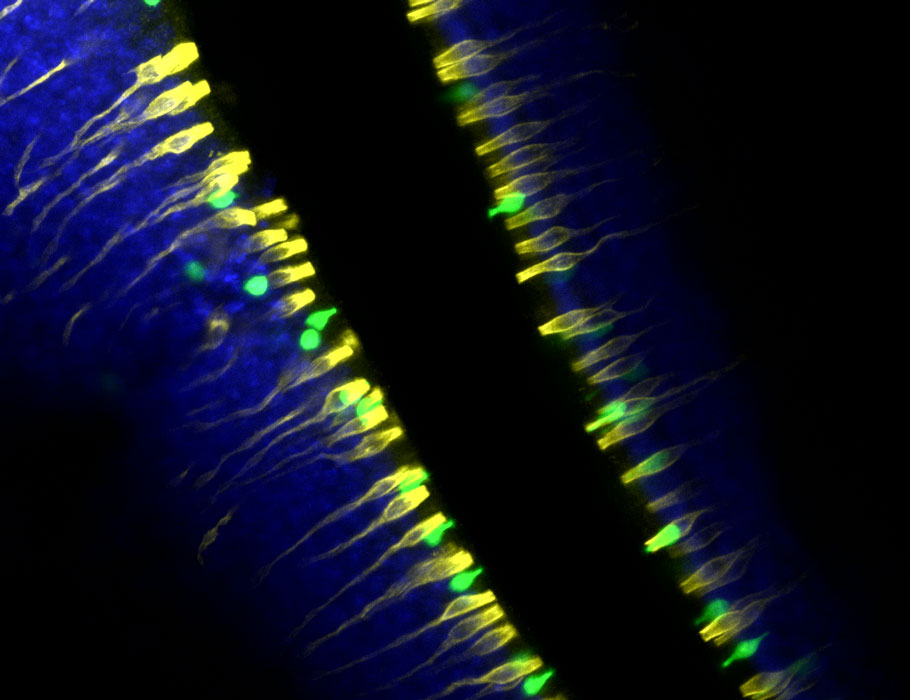

In latest issue of Science Immunology: Lora Bankova & Adam Haber labs generated a nasal #CellAtlas & found surprising #TuftCell diversity. TRPM5+ TCs required for olfactory #StemCell proliferation following inhalation of #mold #aeroallergen #Alternaria! bit.ly/SciImm_abq4341


Avilés, Goodrich, Cepko, Xue et al. Harvard Medical School report that the loss of FAT3 acts via its intracellular domain and retinal bipolar cells to affect mouse electroretinography (ERG) responses and visual perception of high-frequency flickers. hubs.la/Q035dRd80
